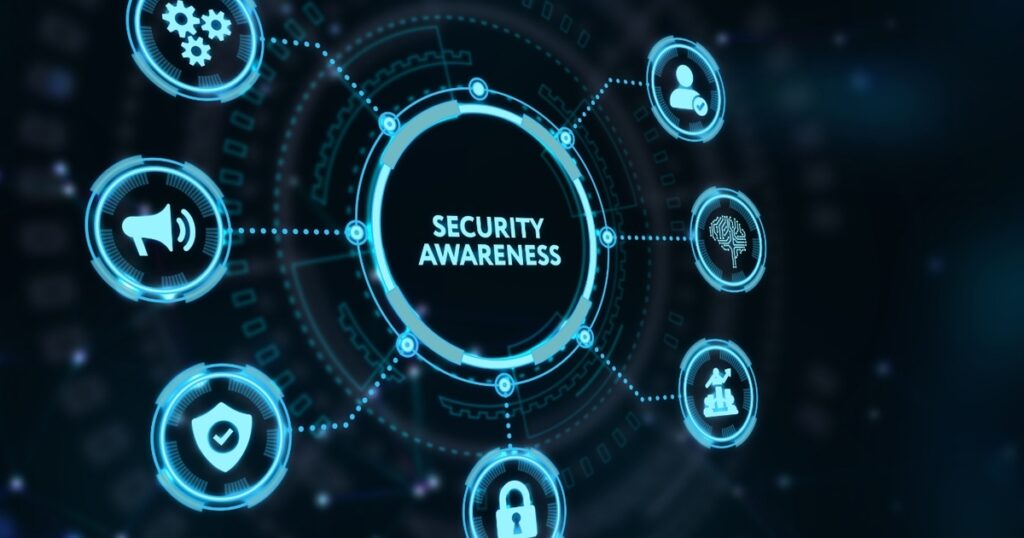Modern manufacturing is more complex and connected than ever before. From Internet of Things (IoT) equipment to vast supply chains, manufacturers are increasingly vulnerable to security risks from external threats. One vulnerability that may go overlooked, is the threat of a cyberattack gaining access to systems and data via supply chain partners.
In the ever-changing world of cybersecurity, there is a growing trend of cyberattacks taking advantage of the explicit reliance on trust in the connections between businesses in the supply chain. In fact, 82% of data breaches in manufacturing come from external threats and 92% are motivated by financial gain.
Social engineering and ransomware attacks are both experiencing a marked increase, with manufacturing in the top 3 most targeted industries for ransomware according to Microsoft’s Digital Defence Report.
Supply chain attacks can be devastating for manufacturing businesses, disrupting operations and costing significant sums in damages. Recently, Toyota was forced to shut down all 14 of its Japanese factories after an attack on a member of its supply chain, resulting in the production loss of around 13,000 vehicles.
How to defend against security risks from the supply chain
Adopt the Zero Trust philosophy
Cybersecurity is essential for businesses of all sizes to mitigate the risk of a cyberattack. The best defence is a robust security set up based on the three pillars of cybersecurity – Zero Trust, least privilege and assume breach.
- Zero Trust – to never trust anyone and always ask them to verify their identity
- Least privilege – once verified, to only provide them access to the things they absolutely need, and only for the minimum amount of time required
- Assume breach – to always assume that any protection will fail, through either user error or system fault
These pillars make up the Zero Trust philosophy which is fundamental to a solid defence. In fact, 96% of security professionals see it as critical to their organisation’s success.
Use Microsoft’s security toolset
Microsoft’s extensive security suite has all the tools you need to maintain the security of your organisation. From Microsoft Sentinel for monitoring your environment to Microsoft Defender for Endpoint to secure users’ devices, Microsoft has the tools you need to keep your data secure end-to-end.
Understand your vulnerabilities
To manage the security risk from the supply chain, it’s important to understand the potential vulnerabilities each business may have. While manufacturers can’t control the cybersecurity of their partners, by understanding the level of protection they each have businesses can prepare for the most likely exploits.
Keep your systems and data secure
Cybersecurity is a continuously evolving challenge, as cybercriminals develop new, more sophisticated ways to gain access to valuable data. To stay ahead of the threat, organisations need security experts at their side maintaining and perfecting their defences.
Our Managed Security Service is built on the core principles of Zero Trust, informed by the latest threat intelligence to stay ahead of emerging risks. Our experts work proactively to close vulnerabilities and continuously improve your security posture with 24×7 support, so you can be confident in your security.
Security guidance tailored to your requirements
Take advantage of Microsoft funded workshops for in-depth guidance from our security experts. Explore Microsoft’s extensive security toolset, analyse current threats and create a strategic security plan to protect and govern your organisation’s data. Get actionable next steps to improve your security posture and put your questions to our experts so you walk away with the insights you need.
The next step in protection from supply chain security risks for manufacturers
With increasingly online, connected, and complex manufacturing methods comes the added risk of bad actors taking advantage of unforeseen vulnerabilities. While the risk is significant, it can be dramatically reduced through robust security measures and consistent security hygiene.



